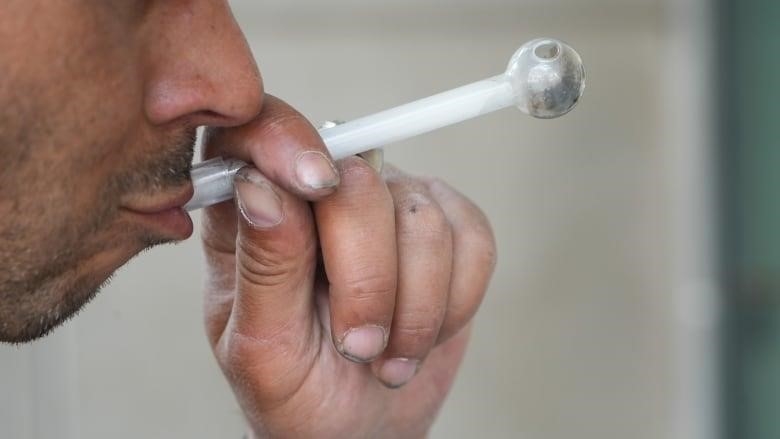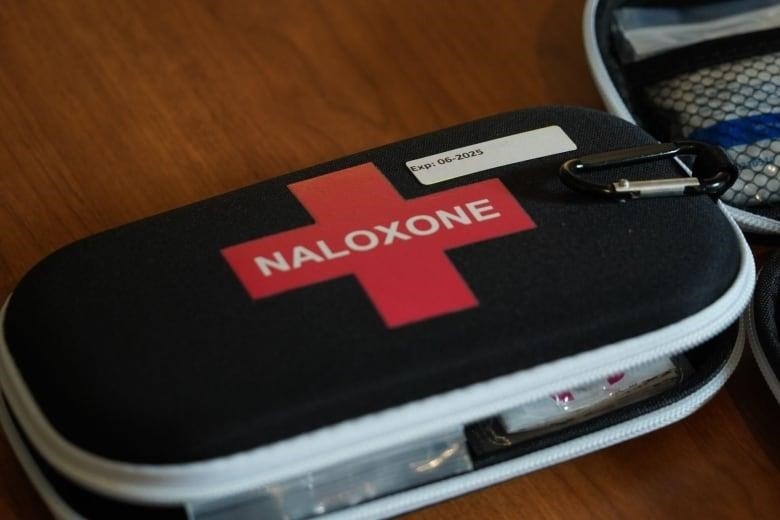
Cornwall, Akwesasne, Stormont, Dundas, and Glengarry are among the communities involved
Local community partners have come together to deal with the rising number of overdoses in Cornwall, Akwesasne, Stormont, Dundas, and Glengarry, all in eastern Ontario.
The Eastern Ontario Health Unit (EOHU) says that more than 20 organizations in the health, social services, law enforcement, and education sectors have agreed to help deal with opioid overdoses.
A press release says that the goal of the strategy is to meet the needs of people who have been hurt by drug use through “prevention, harm reduction, treatment, and community safety” while also trying to get rid of the stigma that can come with drug use.
A surveyis available until July 31 for people who have used drugs in the past, as well as their community and family members. The goal is to take stock of the services, programs, and supports that are available and find any gaps.
Nikolas Hotte, a manager for the program, says that long wait times and limited access to detox centers are likely to be service gaps.
“Wait times can be terrible for people with drug problems,” he said.
Increasing overdose number
In the 2021-22 fiscal year, there were 86% more cases of opioid poisoning than in the previous year, and the number of people who went to the emergency room because of opioid poisoning almost doubled, from 71 to 132.
So far in 2023, there have been 23 suspected drug-related deaths in the area, which is on track to be more than the 40 deaths in 2022.
The EOHU says that there were five drug-related deaths in Cornwall on June 1.
Cornwall SDG Paramedic Services said they responded to 143 calls about opioid poisoning in 2022, which is a 170% increase from the 53 calls about opioid poisoning just two years before.
“The numbers started to go up in 2020, and they went up even more in 2021. Since then, they have stayed at the same level, said Hotte.
-
“Bad batch” of drugs thought to be behind rise in overdoses
-
A recent study found that a lot of Ontarians who died from opioid overdoses had been in touch with the health care system.
Last fall, Cornwall police warned residents about a toxic supply. They said that many overdoses were caused by opioids like “purple heroin,” which is a dangerous mix of fentanyl, benzodiazepines, and other drugs.
The Medical Officer of Health at the Eastern Ontario Health Unit, Dr. Paul Roumeliotis, said in a news release that there has been an alarming rise in overdoses in the area.He also said that now is not a good time to try drugs from the street.

Overdose prevention tip
The EOHU wants people to stay away from drugs and fake medicines, but it also has tips to lower the risk of an overdose:
- Keep an eye out for signs of an overdose, such as a lack of response, slow breathing, fingernails that are blue or gray, cold skin, or foam at the mouth.
- If you think someone is overdosing, call 911.
- Don’t ever take opioids by yourself.
- To stop the overdose, get a free naloxone kit from a pharmacy.
- Be aware of changes in your tolerance, like when you haven’t used for a while.
- Take a small amount and wait a while before taking more.
